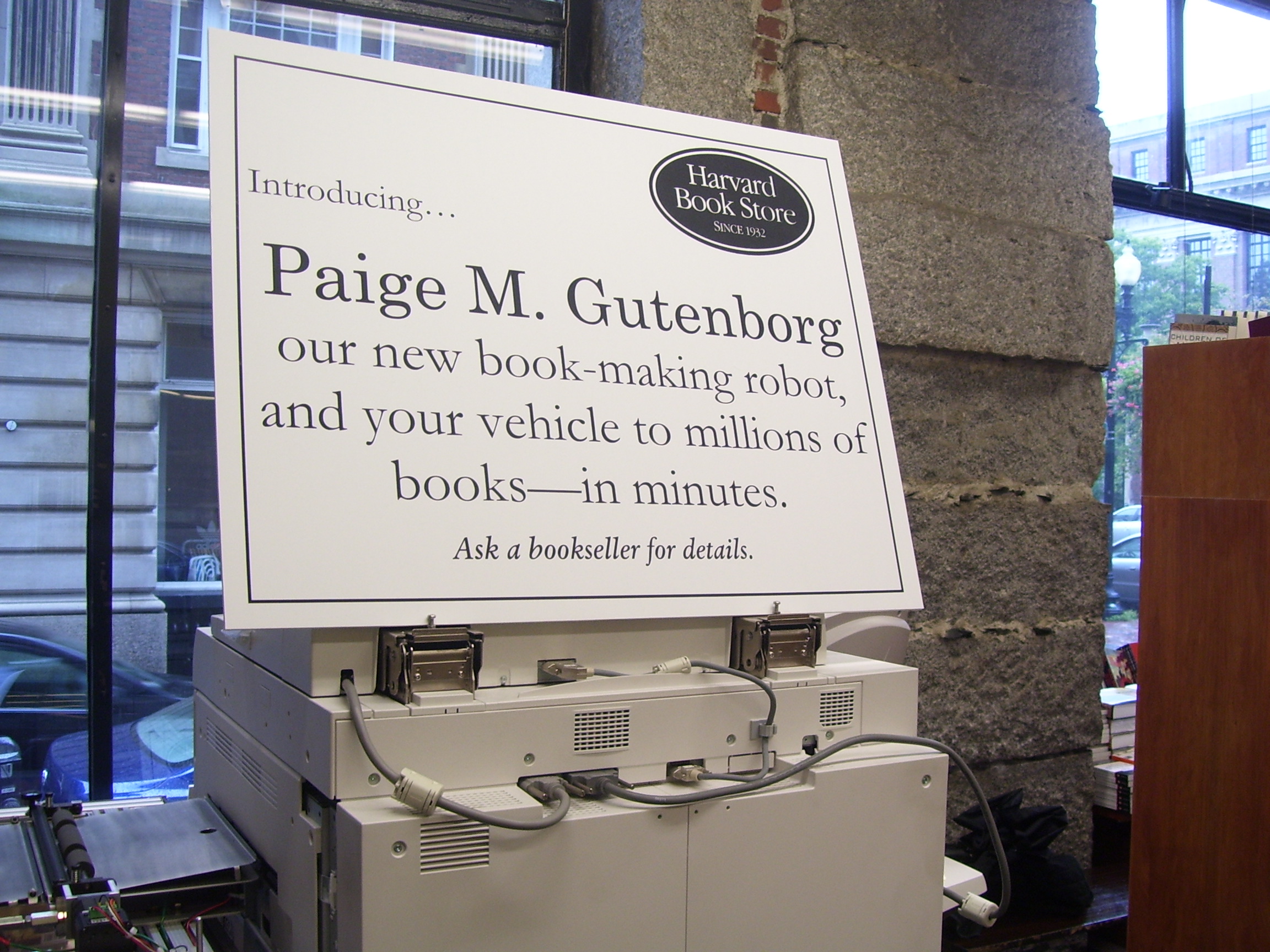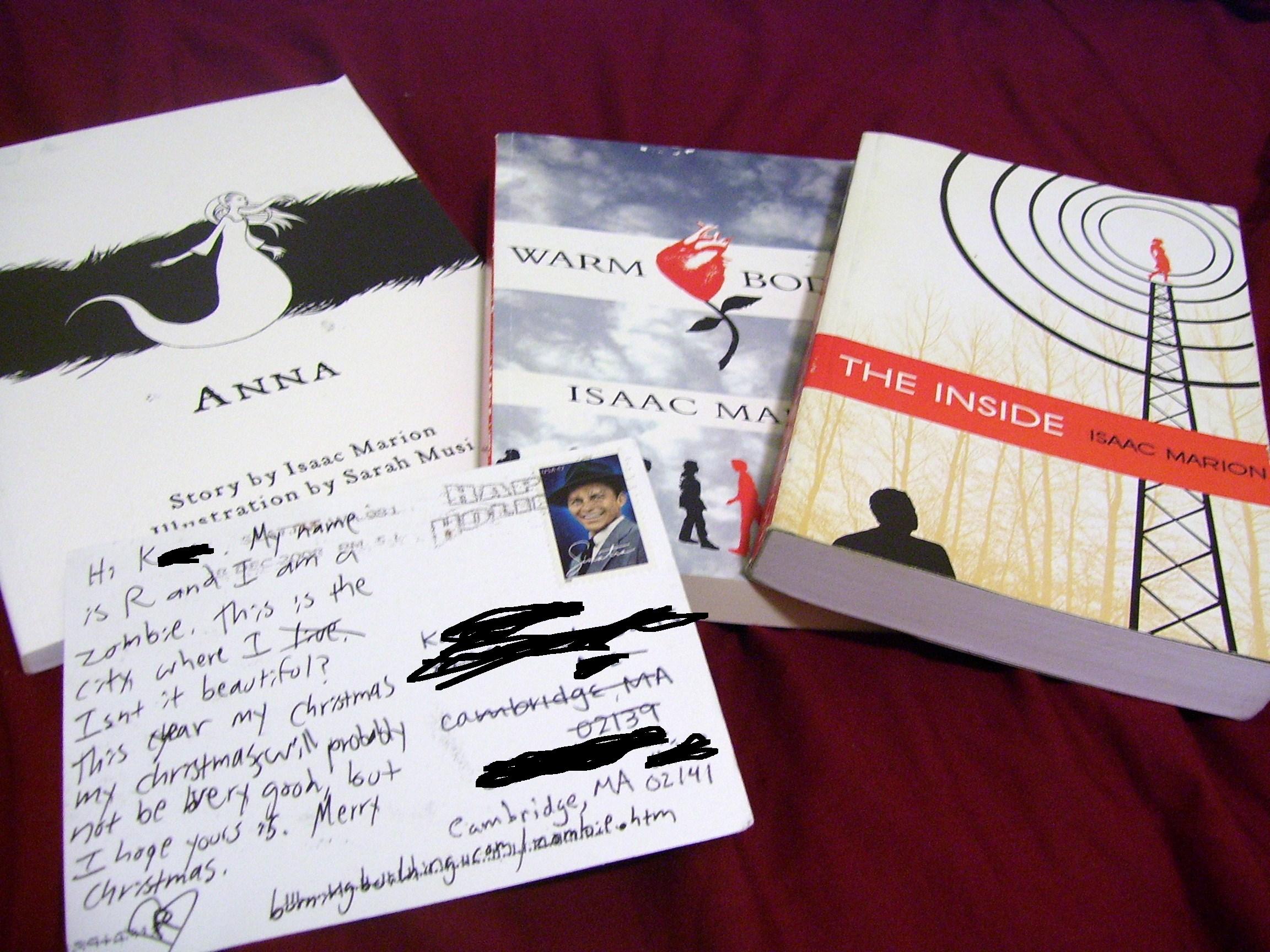Ursula LeGuin wrote a very useful review of Margaret Atwood’s The Year of the Flood that I just finished reading, in which she touches on one of my favorite conundrums: what does it mean to call oneself “genre” versus “literary”? Atwood apparently likes rejecting the sci-fi designation, based on an arbitrary definition that I frankly find bewildering. (The dynamics of of genre/literary “tribes” are discussed in greater and amusing detail on Jeff Vandermeer’s blog here. This, of course, is all following the enormous brouhaha made by Lev Grossman’s bizarre less than carefully argued* editorial in the Wall Street Journal about the so-called Victory of Plot in contemporary fiction. Sorry to link-fling if you haven’t been following this from the beginning, but I find it all pretty engrossing.)
Anyway, LeGuin provides a great review of the book, as well as very delicately, very incisively nailing Atwood for her fallacy in evading the designation of sci-fi. Being considered as a work of science fiction, LeGuin tells us, is not a limitation, but something that enriches the experience of reading a novel, gives us another dimension from which to analyze and celebrate a book’s creativity, fullness, and success.
Damn straight.
—
Separately, The Mumpsimus has become my favorite blog for reviews and discussion of speculative fiction. That its author, Matthew Cheney, is an English professor (as well as a writer of assorted fiction and nonfiction, and editor of Best American Fantasy) is not surprising: his reviews are lucid, accessible, and literary, filled with useful allusions and fun, thoughtful analyses. Every time I read a review of his of a book or story that I’ve already read, I want to go back and read the work again.
The excitement in his reviews is tangible – reading them is like sitting with a good friend and discussing the story at hand, tossing ideas back and forth and unraveling knotty plot points together. I also think that he tends to appreciate a lot of underappreciated and misread works. Case in point: his ecstatic, playful review of Kelly Link’s “Stone Animals” (which I loved and briefly reviewed here). Judging from the comments following, said story was not so well-received by many readers; I think it’s a shame that none of them seemed to get anything further from Cheney’s review. Note that his review is somewhat spoiler-y.
Unfortunately, his blog is also rather unwieldy to navigate, but the material is all so good that I don’t mind trawling.
*correction made following the reading of Grossman’s comments in response to all the heated criticism.


